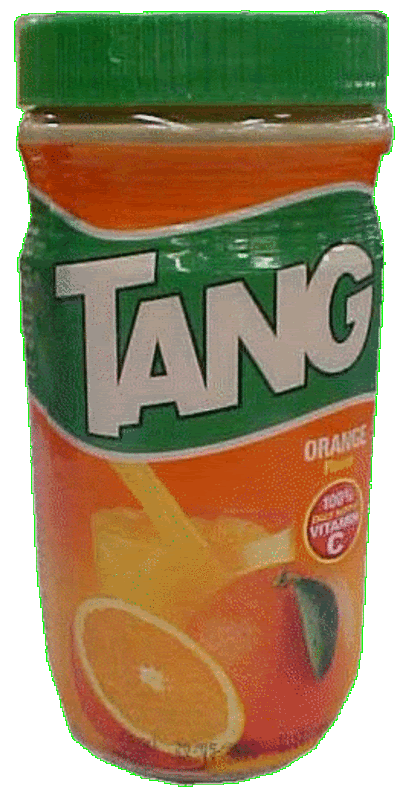In the previous post, The Euphoric Drug of Profit, I asked the simple question, should pharmaceutical drugs be for profit at all? They are life saving compounds after all, something for the public welfare and good.
The National Institutes of Health (NIH), funds billions of taxpayer dollars in public research.
Before 1980, the results of publicly funded research, often performed at United States universities, was considered public domain (de facto).
Some of the problems with this scenario were:
- basic research was not taken to product and final development
- funding basic research does not fund the 75% additional costs of bring results to use by the general public
A 1979 study was released and discovered thousands of patents were just sitting, not brought to commercial use, The reason claimed: companies were not willing to invest to take basic research unless they owned it, outright.
Of course someone decided that researchers and universities would be more motivated in innovation if they were enabled to reap the financial rewards from their hard work.
The road to hell is paved with good intentions and so is this one....the goal was to bring these 30,000 patents just lying around in government funded research grants to the public in commercialized and product form....
So Congress decided to allow technology transfer and exclusive patent rights to some of the research resulting from these grants. One of the major legislation changes is the Bayh-Dole Act.
From The Truth About the Drug Companies: How They Deceive Us and What to do About it:
The Bayh-Dole Act enabled universities and small businesses to patent discoveries emanating from research sponsored by the NIH, the major distributor of tax dollars for medical research, and then to grant exclusive licenses to drug companies. Until then, taxpayer-financed discoveries were in the public domain, available to any company that wanted to user them. But now universities, where most NIH sponsored work is carried out, can patent and license their discoveries, and charge royalties. Similar legislation permitted the NIH itself to enter into deals with drug companies that would directly transfer NIH discoveries to industry
So, as one can see while the US taxpayer funds drug research extensively they end up paying twice to get the results.
Indeed, researchers are speaking on The Law of Unintended Consequences:
Instead of fostering better industry, public health and job opportunities, the movement has imploded inward, leaving extensive economic and healthcare damage in its wake.
It has turned universities into "companies" vying with industry and individual scientists for "intellectual property" rights and patents, resulting in contentious, lengthy and costly litigation, in turn resulting in the forced silencing of university scientists and inordinate pressures to falsify their data.
In addition to taxpayers toting the bills for this, the expected boost in health care for the public has instead turned into drug company "busts", requiring the public to pay even more exorbitant prices for dangerous or useless "expedited" drugs and ever-higher health care costs.
(There is dissent as in this study on the Public-private interaction of research.)
The first question to be asked: Have our taxpayer dollars actually benefited the public and lead to more innovation?

Lets state the obvious, if there were so many patents sitting around doing nothing, can someone explain NASA and Tang to me? NASA in the 1960's spawned innovation with hundreds of products spun off like a meteor in public-private sector super nova space....yet Bayh-Dole was not enacted until the 1980's.
(NASA did not actually invent Tang itself. I just like the concept of Tang)
While studies appear on both sides of Bayh-Dole's real effects, there are also horror stories. For example, GlaxoSmithKline blocked lower prices of AZT to treat AIDS patents.
Maybe Bayh-Dole can be amended. One issue I found: the NIH can decide who obtains exclusive or march in intellectual property rights and in all cases, denied reasonable access to the drug discovery research.
In scanning these studies debating the effects of Bayh-Dole I do note the obvious is not mentioned, Americans are paying multiple times. First to fund the research and then to pay for the product. They cannot afford their drugs, cannot get health care, yet are making an entire private sector a hell of a lot of money.
Surely any attempt to modify Bayh-Dole will be met with a huge pharmaceutical lobbyist war chest to stop it. The 3rd largest industry sector has a ~100% success rate on capital hill.
So, what is the answer? How does America keep drug innovation moving and prices low? How does America even keep these results results within her national domain? Basic research in pharmaceuticals takes years to process, so maybe we could demand a certain percentage of NIH funded basic research be licensed and patented as open source patents?
Do we have another group in a socialist country working to better mankind through a competing licensing and patenting methodology like Gnu Public License?
Open source worked in spite of Microsoft, another industry titan who usually gets their way, so maybe it just might work here.

Recent comments